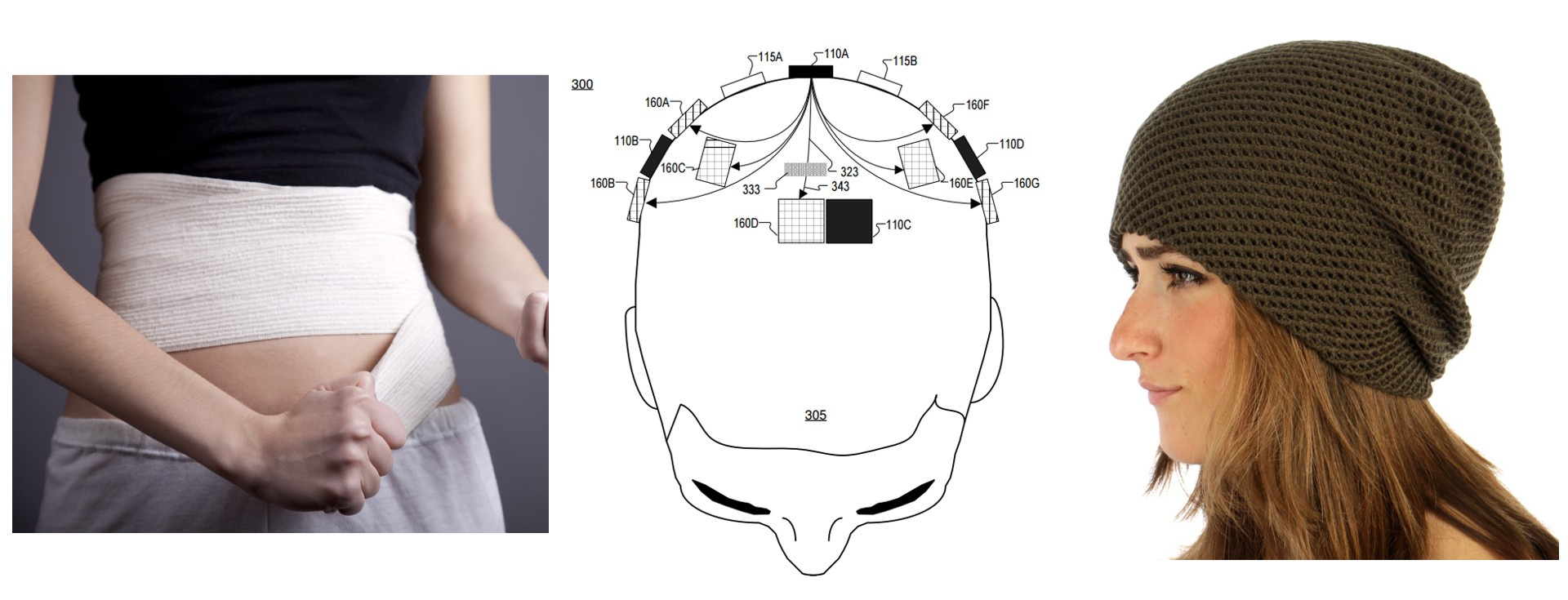The startup promises fMRI accuracy in the format of a ski cap with a telepathy function

Mary Lou Jepsen , former professor at MIT, one of the leading engineers at Facebook, Oculus, Intel and Google [x] (now called X), owner of more than 100 patents. With all of her experience, Mary Lou last year decided to leave her senior position at Facebook - and set up her own startup, Openwater .
Openwater has set itself a daunting task that sounds absolutely fantastic: create a device for telepathy. Jepsen says that her invention makes it possible to realize such a compact device in the form of a conventional ski cap - it performs a brain scan with an accuracy that is not inferior to modern devices for functional magnetic resonance imaging. But transferring a signal from one device to another (telepathy) is already a completely trivial task.
While working in the Google X division, the engineer spoke about her research in the field of neuroscience in a speech at a TED conference. For her, this is a personal matter, because 20 years ago, Mary Lou underwent surgery and lost part of the brain - a viscous area in the very center that produces key hormones and neurotransmitters. Jepsen recalled the latest advances in science achieved with the help of tremendous brain scanning accuracy with fMRI scanners. For example, according to brain indications, these devices accurately determine which image is mentally imagined by a person. The brain picture at the same time is almost 100% similar to the one that is observed if a person really sees this object before his eyes.
Scan of the brain allows you to decrypt even the images on the video, which is currently watching people.
Mary Lou Jepsen is confident that if we increase the resolution of tomographs by several orders of magnitude, we will be able to read the thoughts of a person with great accuracy. In her speech at TED, Mary Lou formed an idea that probably formed the basis of the invention, the patent, and her new startup, Openwater: in the resolution, not the thousands of times that we need. I have this idea: instead of increasing the magnets, we need to improve them. In nanotechnology, several discoveries have been made regarding magnetic structures that helped create a new class of magnets; With these magnets, we can make very detailed pictures of the magnetic field lines in the brain and use them to create holographic interference patterns to clearly control many images, as shown here with the help of a moving picture. We can create much more complex structures with a slightly different configuration, something like creating patterns with a spirograph. ”

Mary Lou Jepsen
The inventor points out that recently all the progress in increasing the resolution of tomographs has been achieved thanks to "ingenious ideas in coding and decoding in VHF radio transmitters and receivers in MRI systems." Therefore, she proposed instead of a uniform magnetic field to apply a structured magnetic field in addition to VHF radio frequencies. By combining magnetic fields with decoding of VHF radio frequency circuits, the amount of data that can be obtained in one scan increases many times over.
In an interview with Recode in March 2017, Jepsen mentioned the idea of drawing up a picture of an AR / VR hologram, where the pixel size approximately corresponds to the size of the infrared wavelength in which it is being scanned.
In general, the principle of “holographic scanning” and stimulating neurons of the brain with a cap or bandage is not fully understood and there is no working prototype yet, but the authority of Jepsen suggests that this technology is not just a fantasy.
Thanks to accurate scanning, it will be possible to “upload our ideas straight to digital media,” says Jepsen. Now in the FAQ section of the Openwater website, it says that scanning opens the way for telepathy: people can transfer their thoughts not only to each other directly from the brain to the brain, but also directly to computer networks. It may also be to get information from computer networks.
These are tremendous opportunities for medicine: scanning the brain with such precision will save millions of lives. In addition, it is difficult to imagine the scale of the revolution in areas such as psychiatry: if a doctor gets access to the patient’s thoughts during a session, he can more effectively manipulate them, directing his thinking in a given direction and putting necessary attitudes into the patient’s mind.
In short, Openwater aims to reduce the size of brain scanners to a portable cap size or bandage, and lower the cost from several million dollars (as much as modern fMRI scanners cost) to the price of a regular consumer gadget. Domestic Openwater scanners can be used not only for fMRI brain, but for scanning the fetus, studying various internal organs.
In many ways, the ideas of brain scanning and Openwater telepathy overlap with the ideas of Ilona Mask, who founded Neuralink , including to create an interface between the brain and a computer. True, Mary Lou is not inspired by the invasive approaches of Ilona, who expects to launch nanoparticles through arteries. She relies on non-invasive methods.
“I don’t think it will take decades,” says Mary Lou Jepsen. “I think we are talking less than ten years, probably eight years before telepathy.”
All Articles